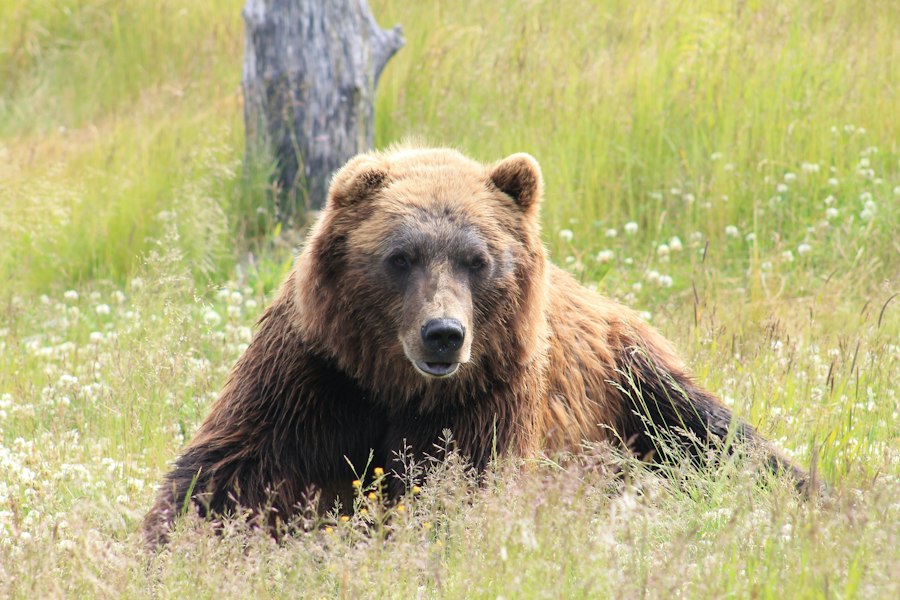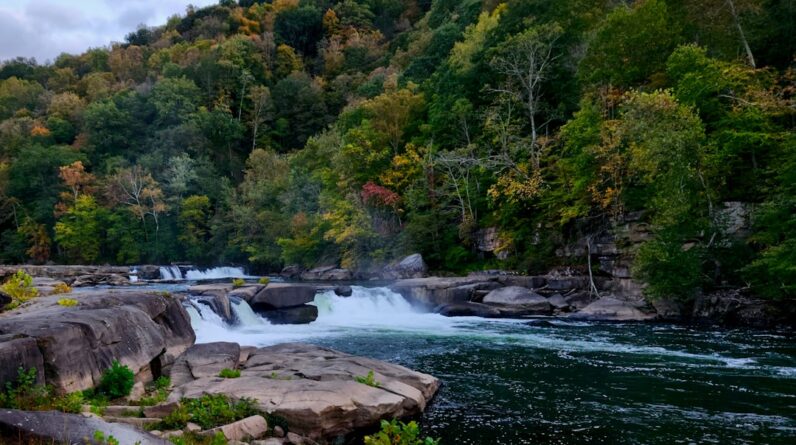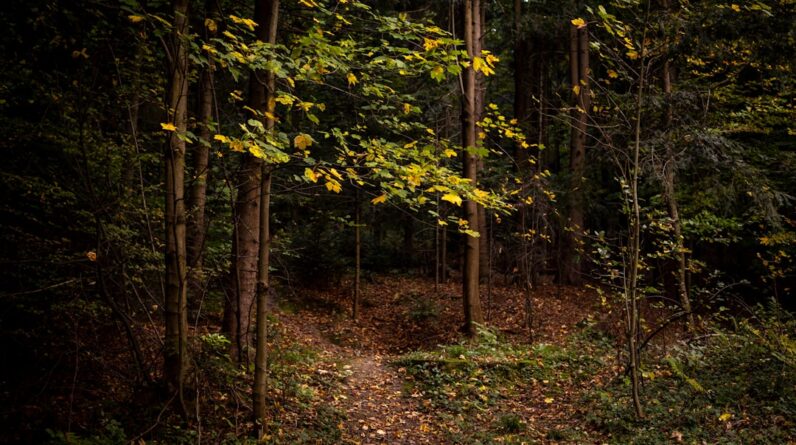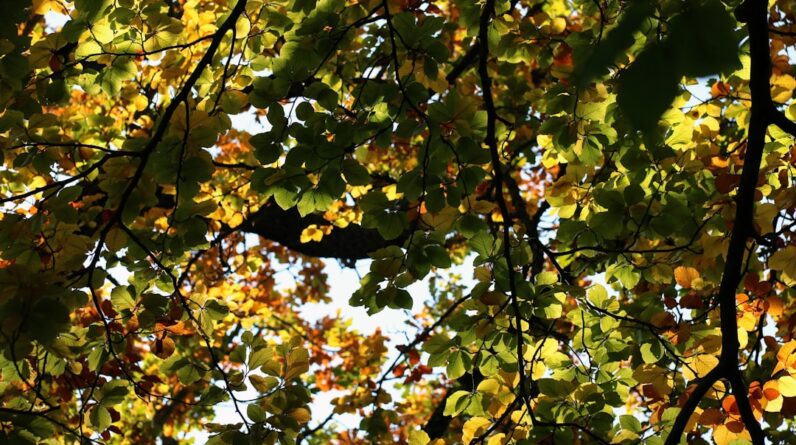Polar Bear Provincial Park is a vast wilderness area located in northern Ontario, Canada. It is one of the largest protected areas in the province, covering an area of over 24,000 square kilometers. The park was established in 1973 to protect the unique and fragile ecosystems of the Arctic region, as well as the iconic polar bear population that calls this area home.
The park is located on the western shore of Hudson Bay, near the town of Moosonee. It is accessible only by air or water, making it a remote and pristine destination for nature lovers and adventure seekers. The park is managed by Ontario Parks and offers a range of recreational activities, including hiking, camping, canoeing, and wildlife viewing.
Key Takeaways
- Polar Bear Provincial Park is a protected area in Ontario, Canada, known for its stunning Arctic landscape and diverse wildlife.
- The park is home to the iconic polar bear, as well as other species such as caribou, arctic foxes, and beluga whales.
- Visitors can explore the park through hiking, camping, and canoeing, and learn about the cultural connections of Indigenous peoples in the Arctic.
- Climate change is having a significant impact on the Arctic and its inhabitants, including the wildlife in Polar Bear Provincial Park.
- Conservation efforts are underway to protect the Arctic and its wildlife, and visitors can play a role in supporting these efforts while planning their visit to the park.
The Arctic Environment: A Harsh and Beautiful Landscape
Polar Bear Provincial Park is characterized by its rugged and diverse landscape. It is home to a variety of ecosystems, including tundra, wetlands, forests, and coastal areas. The park’s geography is shaped by the retreating glaciers from the last ice age, resulting in a unique mix of landforms such as eskers, drumlins, and moraines.
The climate in Polar Bear Provincial Park is harsh and unforgiving. Winters are long and bitterly cold, with temperatures dropping well below freezing. Summers are short and cool, with temperatures rarely exceeding 10 degrees Celsius. The park experiences strong winds and frequent snowfall throughout the year.
Despite its harsh conditions, the park’s environment is incredibly beautiful. The vast open spaces, pristine lakes, and snow-covered mountains create a breathtaking backdrop for visitors. The park is also home to a diverse range of plant life, including lichens, mosses, shrubs, and wildflowers.
The Magnificent Polar Bear: A Symbol of the Arctic
One of the main attractions of Polar Bear Provincial Park is its polar bear population. The park is home to one of the largest concentrations of polar bears in the world, with an estimated 1,000 bears living in the area. These magnificent creatures are well adapted to the harsh Arctic environment and are considered a symbol of the region.
Polar bears are the largest land predators on Earth, with adult males weighing up to 1,500 pounds. They have a thick layer of blubber and a dense fur coat that helps them stay warm in freezing temperatures. Polar bears are excellent swimmers and can travel long distances in search of food.
Visitors to Polar Bear Provincial Park have the opportunity to see these incredible animals up close. Guided tours and wildlife viewing platforms allow visitors to observe polar bears in their natural habitat without disturbing them. It is important to remember that polar bears are wild animals and should be treated with respect and caution.
Arctic Wildlife: Other Species Found in the Park
| Species | Population | Threat Level |
|---|---|---|
| Arctic Fox | Unknown | Least Concern |
| Ermine | Unknown | Least Concern |
| Wolverine | Unknown | Least Concern |
| Arctic Hare | Unknown | Least Concern |
| Lemming | Unknown | Least Concern |
| Arctic Ground Squirrel | Unknown | Least Concern |
While polar bears are the main attraction, Polar Bear Provincial Park is also home to a wide variety of other wildlife species. The park’s diverse ecosystems support a rich and unique array of plants and animals.
One of the most iconic species found in the park is the caribou. These majestic animals migrate through the park in large herds, feeding on lichens and other vegetation. Other mammals found in the park include arctic foxes, wolves, moose, and beavers.
The park is also a haven for birdwatchers, with over 200 species of birds recorded in the area. Common bird species include snow geese, tundra swans, sandhill cranes, and various species of ducks and shorebirds.
Exploring the Park: Hiking, Camping, and Canoeing
Polar Bear Provincial Park offers a range of recreational activities for visitors to enjoy. Hiking is a popular activity, with several trails available for all skill levels. The park’s trails offer stunning views of the surrounding landscape and provide opportunities to spot wildlife.
Camping is another popular activity in the park. There are several designated camping areas, as well as backcountry camping options for those looking for a more remote experience. Camping permits are required and can be obtained from Ontario Parks.
For those who prefer to explore the park’s waterways, canoeing is a great option. The park has several rivers and lakes that are perfect for paddling. Canoe rentals are available in nearby communities, and guided canoe trips can be arranged through local outfitters.
Cultural Connections: Indigenous Peoples of the Arctic

The Arctic region has been inhabited by indigenous peoples for thousands of years. These communities have a deep connection to the land and have developed unique cultures, traditions, and ways of life that are closely tied to the natural environment.
Polar Bear Provincial Park is located within the traditional territories of several indigenous groups, including the Cree and Inuit peoples. These communities have a rich history and continue to play an important role in the stewardship of the land.
Visitors to Polar Bear Provincial Park have the opportunity to learn about the indigenous cultures of the Arctic through interpretive programs and cultural events. These experiences provide a deeper understanding of the region’s history and the importance of preserving its cultural heritage.
Climate Change and the Arctic: Impacts on the Park and its Inhabitants
The Arctic region is experiencing some of the most rapid changes in climate on Earth. Rising temperatures, melting sea ice, and changing weather patterns are having profound impacts on the region’s ecosystems and wildlife.
Polar Bear Provincial Park is not immune to these changes. The loss of sea ice is affecting polar bears’ ability to hunt for food, as they rely on ice platforms to catch seals. As a result, polar bears are spending more time on land, leading to increased human-bear interactions.
The park is also experiencing changes in its plant and animal communities. Some species are shifting their ranges or adapting to new conditions, while others are struggling to survive. These changes have implications for the entire ecosystem and the delicate balance of life in the Arctic.
Conservation Efforts: Protecting the Arctic and its Wildlife
Polar Bear Provincial Park is actively involved in conservation efforts to protect the Arctic and its wildlife. Ontario Parks works closely with indigenous communities, scientists, and other stakeholders to monitor and manage the park’s ecosystems.
Research programs are conducted to better understand the impacts of climate change on the park’s wildlife and ecosystems. This information is used to inform management decisions and develop strategies for adaptation and mitigation.
Education programs are also an important part of the park’s conservation efforts. Visitors are encouraged to learn about the Arctic environment, its wildlife, and the importance of conservation. By raising awareness and promoting sustainable practices, the park aims to protect this unique and fragile ecosystem for future generations.
Planning Your Visit: Tips and Recommendations
If you’re planning a visit to Polar Bear Provincial Park, there are a few things you should keep in mind. The park is only accessible by air or water, so you will need to make arrangements for transportation in advance. Flights to Moosonee are available from several major cities in Ontario, or you can take a train or boat from Cochrane.
The best time to visit the park is during the summer months, when temperatures are milder and wildlife is more active. However, it is important to be prepared for changing weather conditions, as temperatures can still drop below freezing even in the summer.
When packing for your trip, be sure to bring warm clothing, sturdy hiking boots, insect repellent, and a good quality tent if you plan on camping. It is also recommended to bring a camera and binoculars to capture the stunning landscapes and wildlife.
The Arctic Experience: A Journey to Remember at Polar Bear Provincial Park
A visit to Polar Bear Provincial Park is a truly unique and unforgettable experience. The park’s remote location, stunning landscapes, and incredible wildlife make it a must-visit destination for nature lovers and adventure seekers.
Whether you’re hiking through the tundra, camping under the stars, or paddling along the park’s waterways, you will be immersed in the beauty and tranquility of the Arctic. The opportunity to see polar bears in their natural habitat is a once-in-a-lifetime experience that will stay with you forever.
But beyond the natural wonders, a visit to Polar Bear Provincial Park also offers a chance to learn about the indigenous cultures of the Arctic and the challenges they face in a changing world. It is a reminder of the importance of preserving our natural heritage and working together to protect our planet.
So why wait? Start planning your own journey to Polar Bear Provincial Park and discover the magic of the Arctic for yourself.
If you’re looking for more health-related articles, you might be interested in “Unlocking the Sunshine Vitamin: Why Women Need to Prioritize Vitamin D for Optimal Health.” This article explores the importance of vitamin D for women’s health and provides insights on how to ensure you’re getting enough of this essential nutrient. Check it out here.








